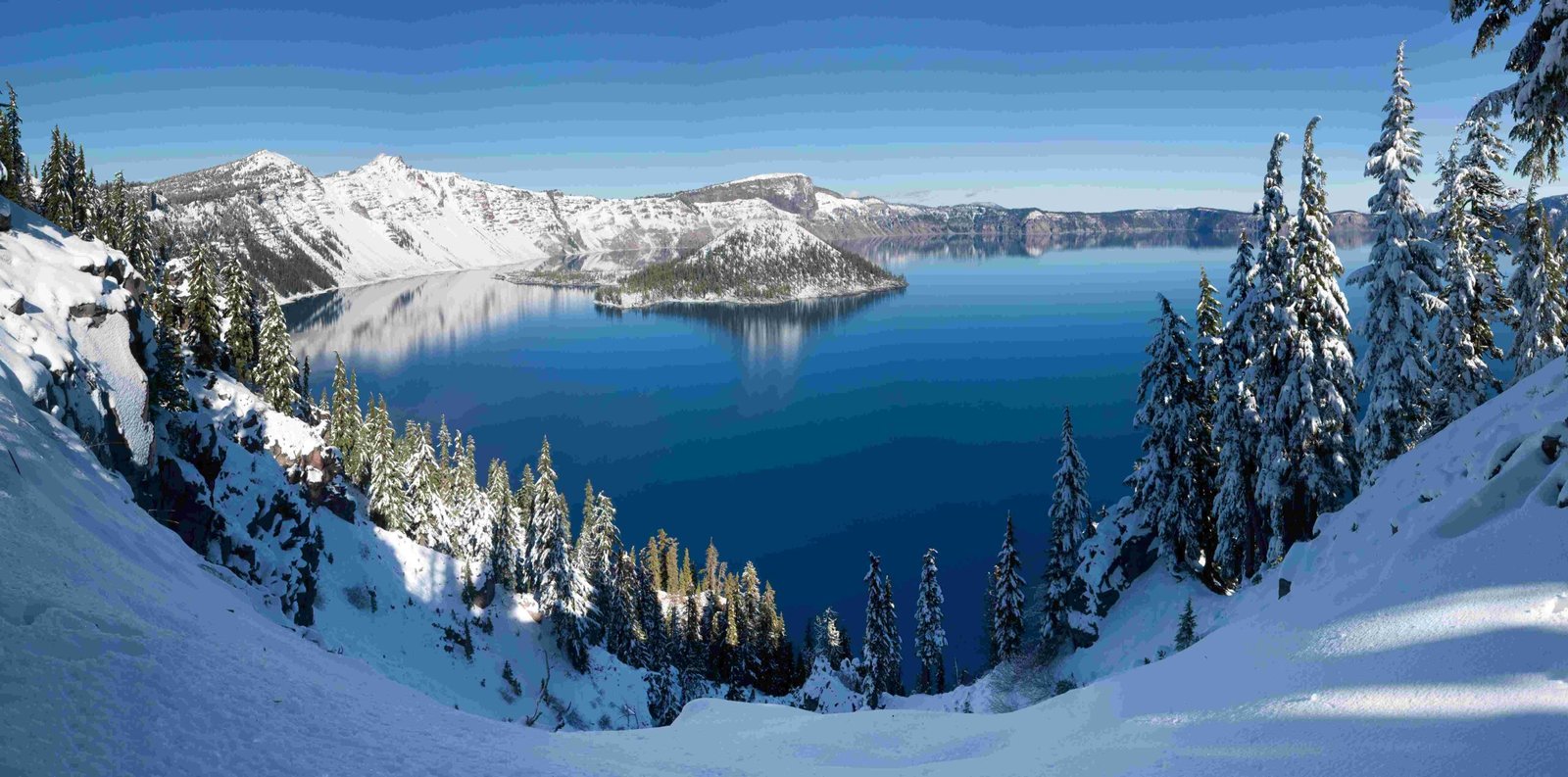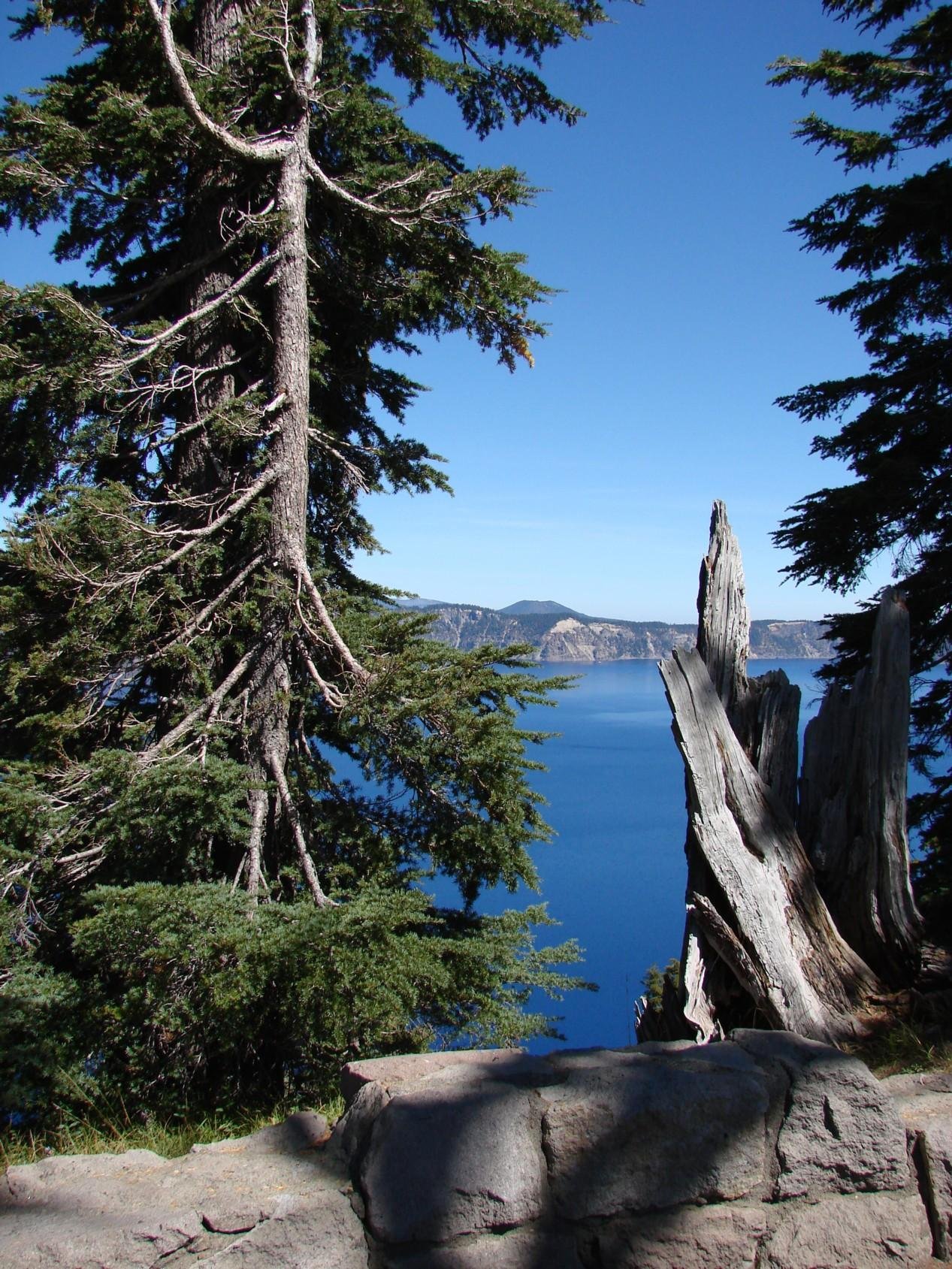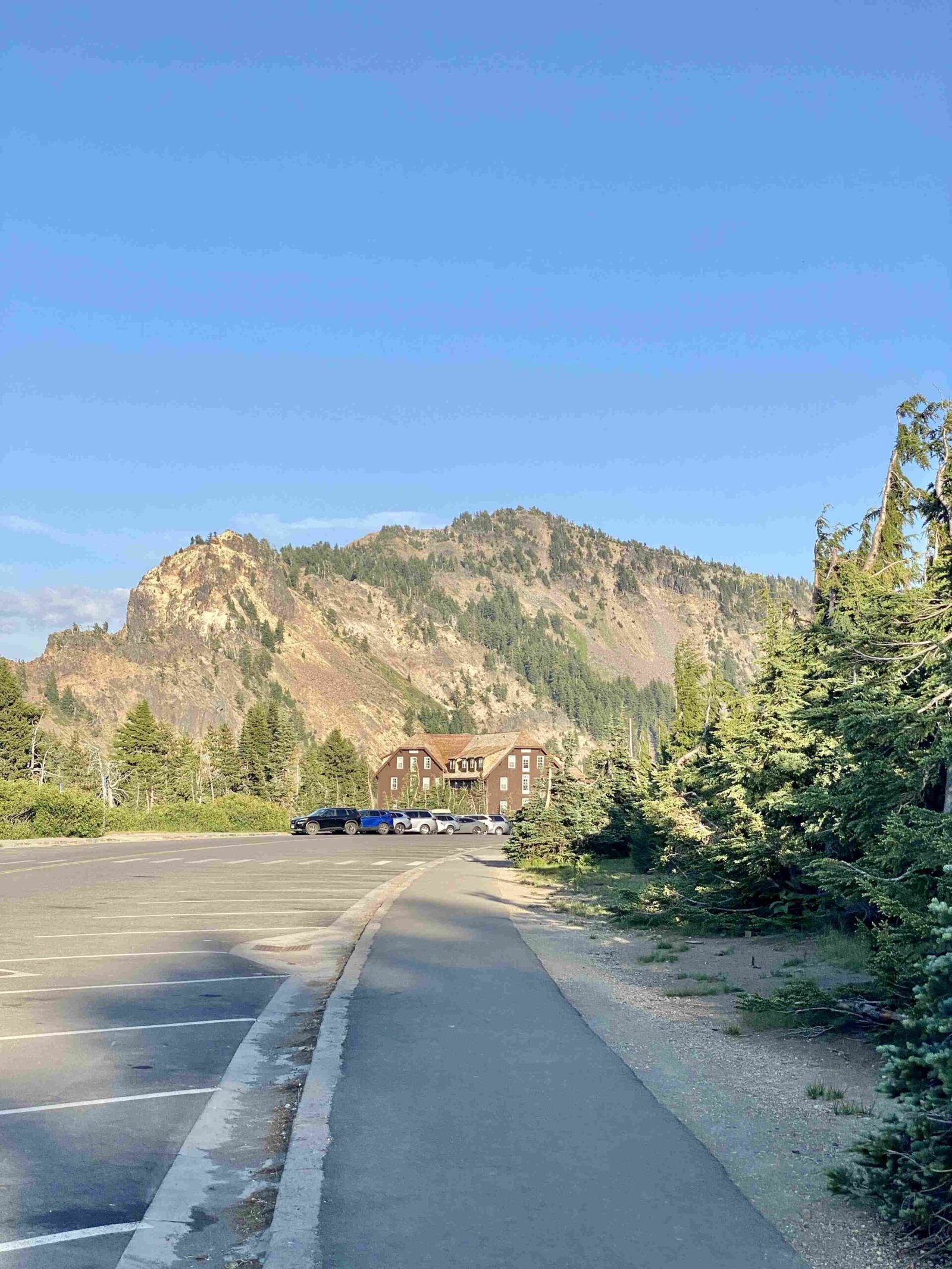Crater Lake represents a complex ecological and cultural landmark that has dramatically influenced human societies through economic opportunities, spiritual connections, and environmental interactions. From generating millions in regional revenue to serving as a sacred site for indigenous communities, this extraordinary natural wonder has profoundly shaped human experiences, creating intricate relationships between landscape, economy, and cultural heritage.
What Economic Transformations Has Crater Lake Produced?

Revenue Generation and Job Creation
Crater Lake National Park has been a significant economic catalyst for the surrounding region. The economic impact can be quantified through several key metrics:
| Year | Visitor Spending | Jobs Supported | Direct Economic Value |
|---|---|---|---|
| 2001 | $30.7 million | 733 jobs | $25.8 million |
| 2011 | $34.6 million | 565 jobs | Varied economic benefits |
| 2015 | $52.2 million | 887 jobs | $71.2 million |
Tourism-Driven Economic Contributions
- Direct sales generation in surrounding communities
- Personal income enhancement
- Job creation across hospitality and service sectors
- Sustainable economic development through nature-based tourism
How Does Crater Lake Impact Local Employment?
The national park has consistently provided employment opportunities, particularly in:
– Lodging services
– Food and beverage establishments
– Park management and maintenance
– Tourism-related businesses
– Conservation and research positions
What Cultural Significance Does Crater Lake Hold?

Native American Heritage and Spiritual Connections
For indigenous communities, particularly the Klamath tribes, Crater Lake transcends mere geographical significance:
- Sacred Spiritual Landscape
- Considered a deeply spiritual location
- Integral to traditional storytelling
-
Represents ancestral connection to land
-
Cultural Preservation Efforts
- Collaborative programs with National Park Service
- Educational initiatives highlighting indigenous perspectives
- Protecting traditional knowledge and practices
What Environmental Interactions Occur?
Conservation and Ecological Management
Crater Lake serves as a critical environmental research and conservation site:
- Strict environmental protection protocols
- Monitoring wildlife populations
- Maintaining pristine water quality
- Implementing sustainable tourism practices
Visitor Impact and Ecological Balance
While tourism introduces potential environmental challenges, the National Park Service employs comprehensive strategies to mitigate negative consequences:
– Regulated visitor access
– Trail management
– Wildlife corridor preservation
– Continuous ecological research
What Recreational Opportunities Exist?
Diverse Visitor Experiences
Crater Lake offers multiple recreational activities:
– Hiking diverse trail systems
– Boat tours on the lake
– Camping experiences
– Scenic driving routes
– Photography opportunities
– Winter sports during snowy seasons
How Does Crater Lake Contribute to Scientific Understanding?
Research and Environmental Insights
The lake provides unique opportunities for:
– Geological studies
– Climate change research
– Volcanic history investigations
– Ecosystem dynamics analysis
Conclusion
Crater Lake represents more than a geographical landmark—it’s a dynamic ecosystem interacting with human societies through economic, cultural, and environmental dimensions.

